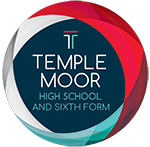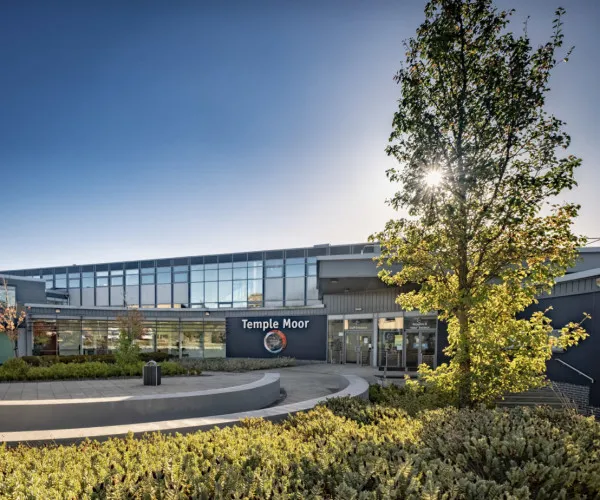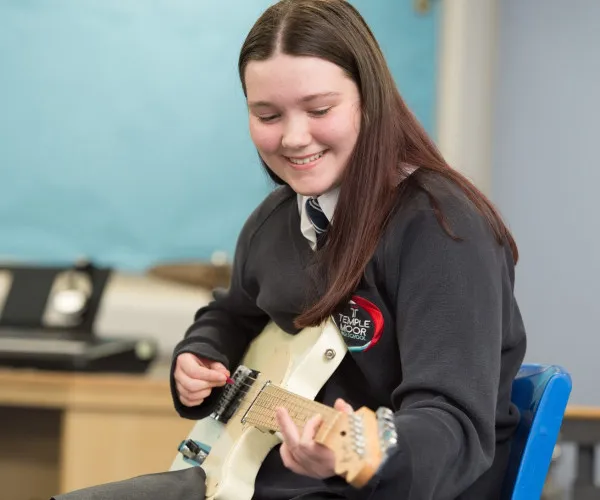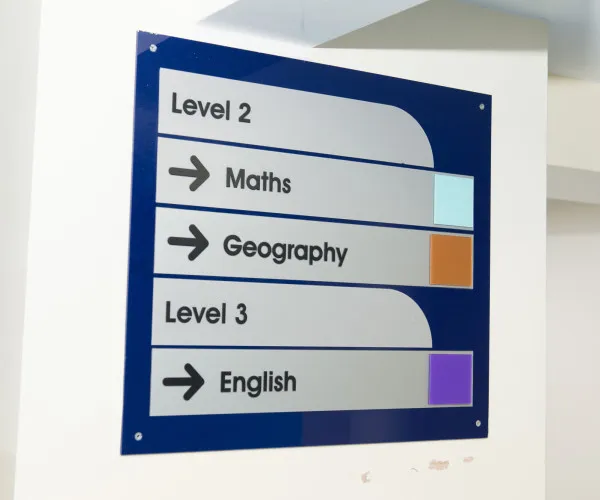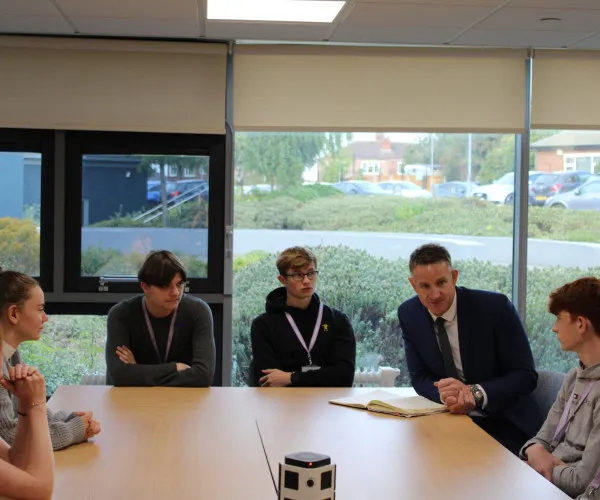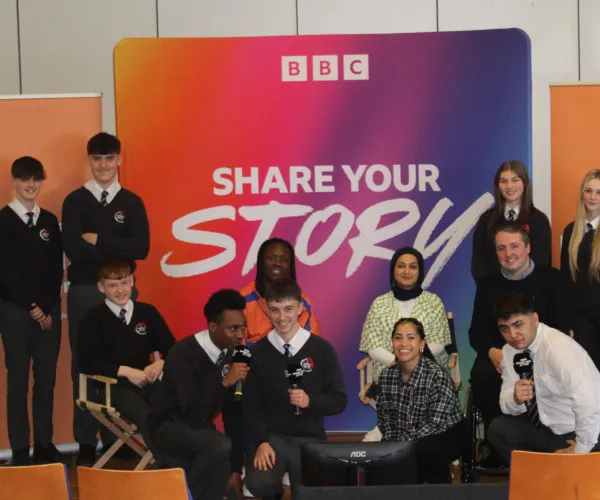- Curriculum
- Assessment
- Form Time
- British Values & Preventing Radicalisation
- Curriculum Subjects
- Art Curriculum
- Business Studies Curriculum
- Communication Curriculum
- Criminology Curriculum
- Design & Technology Curriculum
- English Curriculum
- Geography Curriculum
- Graphic Design Curriculum
- History Curriculum
- ICT Curriculum
- Law Curriculum
- Mathematics Curriculum
- Modern Foreign Languages Curriculum
- Performing Arts Curriculum
- Personal & Character Development
- Photography Curriculum
- Physical Education Curriculum
- Psychology Curriculum
- Read to Succeed
- Religious Education Curriculum
- Science Curriculum
- Sociology Curriculum
- Learning Qualities & Values
- The Options Process
- Supported Study and Revision
Graphic Design Curriculum
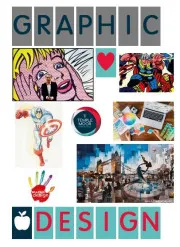
Subject aim
The Graphic design curriculum is designed to provide all learners with the knowledge and competencies needed to be creative, independent and with an ability to articulate their learning. The curriculum has been planned and sequenced to allow learners to be challenged, knowing more and remembering more by revisiting tasks through each key stage. Schemes of work have been developed that fully utilise both traditional and digital graphic design competencies, developing students’ understanding of designers’ roles throughout history, culture and the wealth of the nation. Ultimately, the knowledge and competencies learnt throughout each key stage will equip students for future learning and employment.
Details about the curriculum structure
The curriculum is planned and sequenced so that knowledge and competencies are continually revisited and improved upon. Learners develop the ability to navigate through each key stage and make progress in order to fully equip them for Post-16 education and their future employment choices.
What will students study?
Key Stage 3
Year 7
Students study the work of 20th century artists Roy Lichtenstein, Joe Simon and Jack Kirby and relate their work to their own lives through subjects such as media bias, propaganda and globalisation. Learners produce pieces of extended writing, learn about character and comic cover design, Microsoft and Adobe software, typography, composition and three-dimensional drawing using a variety of traditional media.
Year 8
Students study the work of contemporary artist Adrian Brannon to understand how our environment can be used to inspire design work. Learners produce pieces of extended writing, use Microsoft and Adobe software, and learn about abstraction, symmetry, pattern, designing, lino cutting and printing.
Year 9
Students will develop the knowledge of how a variety of historic and contemporary graphic artists communicate their ideas through text and imagery. Learners will use Microsoft and Adobe software, digital photography and traditional art media to record ideas and develop personal responses.
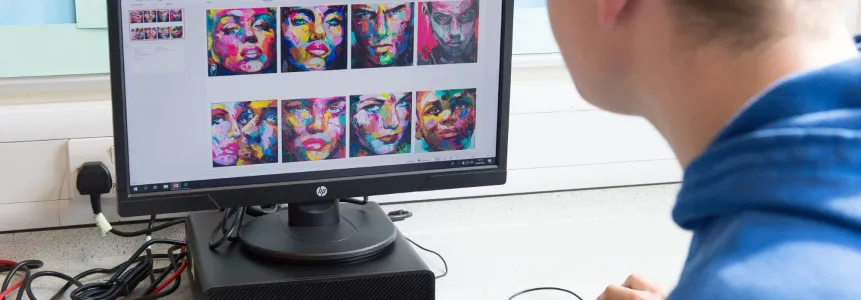
Key Stage 4
Year 10
The Graphic Communication GCSE involves responding to a brief using both text and imagery. The graphics that are produced could be used to sell products, inform an audience or promote an event. Students produce pieces of extended writing and further develop their proficiency when using a variety of digital and traditional graphic design techniques. Learners study a variety of historic and contemporary artists and designers to develop their own ideas, refine work, record ideas and produce personal and meaningful outcomes.
Year 11
Leaners complete their portfolio of work, before embarking upon their externally set assignment in the January of their final Key Stage 4 year.
Key Stage 5
Year 12
The Graphic Communications A-Level involves learners embarking upon a personal investigation, deciding upon their own starting points to create innovative pieces of design work, using traditional and digital media. The work that is produced has a commercial purpose.
Year 13
The first term continues the themes from Year 12. Learners then embark upon their externally set assignment in the February of their final Key Stage 5 year.
Qualifications which we offer at KS4 and KS5
Key Stage 4
Key Stage 5
Enrichment and extra-curricular opportunities in the subject
The Art department runs off-site trips to venues such as Yorkshire Sculpture Park, Beckett Arts University Faculty, Hepworth Art Gallery and various Post-18 providers in creative degree courses. We also offer after-school clubs to all year groups and support sessions for Y11 and Y13.
Where could this subject ultimately take you?
The creative industries are “the UK’s fastest growing sector, growing in every region and at twice the rate of the wider economy,” Alan Bishop Chief Executive Creative Industries Federation. An A Level in Graphic Communication could help a student to pursue a career in areas such as: architecture; landscape architecture; interior design; graphic design; product design; film; advertising;, marketing; TV; video editing; publishing; animation; web design; video games design; as a finished artist; visual effects; music video production; and public relations.
Links to other sites which support study in our subject
Contact details to find out more about our curriculum
- Curriculum
- Assessment
- Form Time
- British Values & Preventing Radicalisation
- Curriculum Subjects
- Art Curriculum
- Business Studies Curriculum
- Communication Curriculum
- Criminology Curriculum
- Design & Technology Curriculum
- English Curriculum
- Geography Curriculum
- Graphic Design Curriculum
- History Curriculum
- ICT Curriculum
- Law Curriculum
- Mathematics Curriculum
- Modern Foreign Languages Curriculum
- Performing Arts Curriculum
- Personal & Character Development
- Photography Curriculum
- Physical Education Curriculum
- Psychology Curriculum
- Read to Succeed
- Religious Education Curriculum
- Science Curriculum
- Sociology Curriculum
- Learning Qualities & Values
- The Options Process
- Supported Study and Revision
